
Not everyone can have a mid- or high-end video card like the ASUS RX 580 Dual OC 8GB. Some of us just want something to run our games even if they’re on the lowest resolution and settings. Enter the RX 550, the most entry-level GPU on AMD’s RX 500 series. We’ll be taking a look at one of the cards from Power Color, the Power Color RX 550 Red Dragon 2GB.

Here are the specs of the Power Color RX 550 Red Dragon 2GB:
| Power Color RX 550 Red Dragon 2GB | |
| Architecture | Polaris 10 |
| Manufacturing Process | 14nm |
| Stream Processors | 512 |
| Texture Units | 32 |
| Raster Operations | 16 |
| Clock Speed | 1190MHz Boost |
| Memory Clock | 7Gbps |
| Memory Bus Width | 128-bit |
| VRAM | 2GB GDDR5 |
| Transistor Count | 2.2 Billion |
Polaris Refresh
Before we get into the review, here’s what’s new about AMD’s RX 500 series.
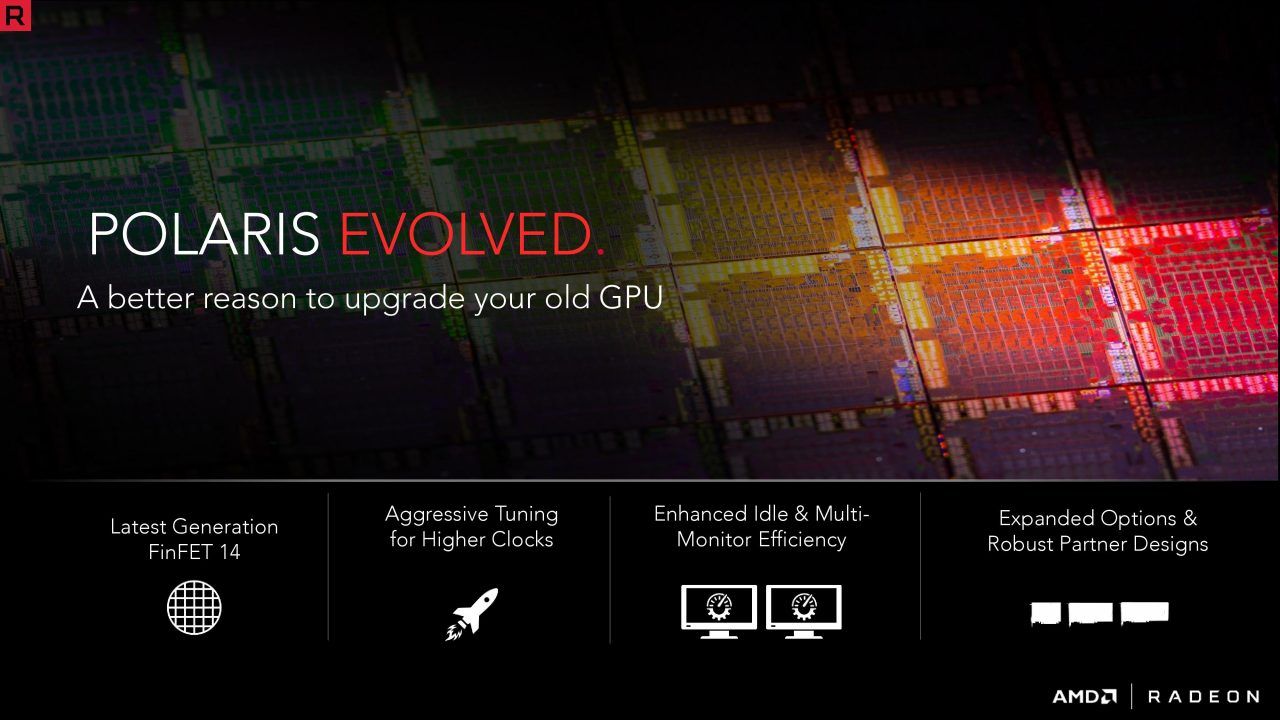
Courtesy of AMD.
Using their Polaris architecture from their RX 400 cards, the RX 500 GPUs uses a refreshed version of the Polaris. It offers higher clocks and memory speeds. The trade-off, however, is its higher TDP. Thus, leading to higher power consumption.
The Polaris refresh GPU uses AMD’s latest generation FinFET 14nm process, which is a fancy term for saying that the manufacturing process has matured enough that the chips that roll off the factory can now be pushed higher for better performance. Aside from the better clocks speeds, AMD is using a new memory state to improve performance and efficiency of the memory.
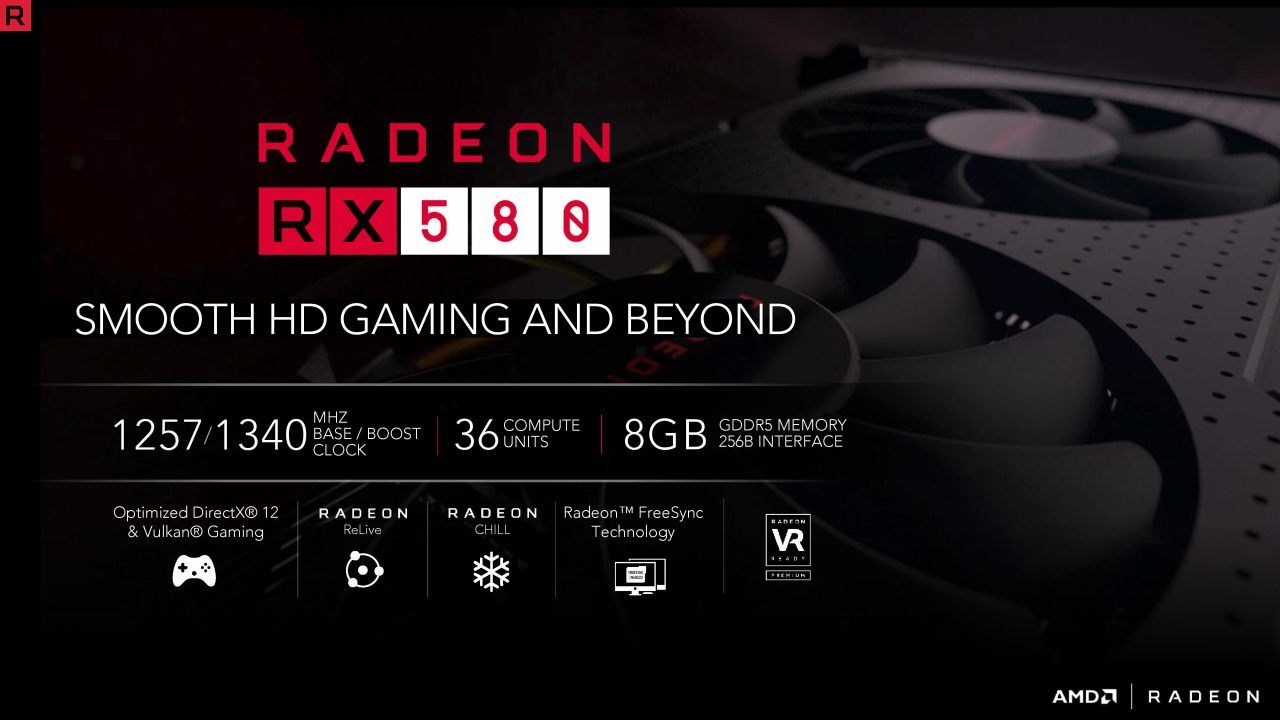
Courtesy of AMD.
The RX 500 series also takes advantage of AMD’s Radeon Chill, which was included with the Radeon Crimson Relive software. Radeon Chill saves power whenever it can during use. It dynamically regulates framerate based on your movements while in-game. Basically, it lowers the GPU capability if you’re in a safe and calm area but when the action starts and you need the extra frames, Radeon Chill will fully unleash the potential of your card.
Support for AMD’s FreeSync technology is supported by the RX 500 series. For those who are unfamiliar, it works just like NVIDIA’s GSync where tearing is avoided by syncing the refresh rate of the monitor to the number of frames put out by the GPU. As its name suggests, FreeSync is free to all manufacturers to implement in their displays. Currently, the only downside of FreeSync is its limited range of around 40fps to 90fps.
Up close with Power Color RX 550 Red Dragon 2GB

As a low-end card, the Power Color RX 550 Red Dragon doesn’t really have any flash to it and that’s a good thing. Power Color has essentially stuck to the reference design of the RX 550.
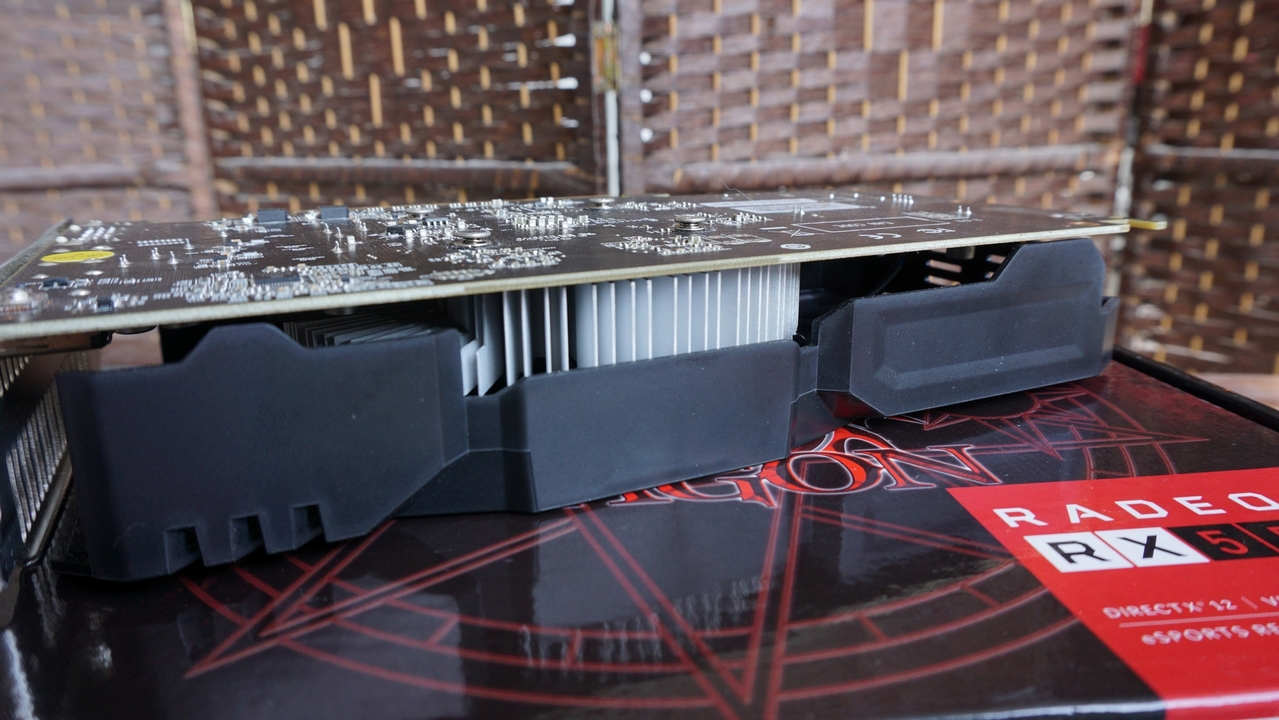
The card is cooled by a single fan. Meanwhile, the heatsink is a basic copper core heatsink. There’s no fancy heatpipes running throughout the card to help with cooling but due to its low power nature, there’s really no need for a beefy cooling system for this card. To save cost, there’s no RGB lighting on the card.
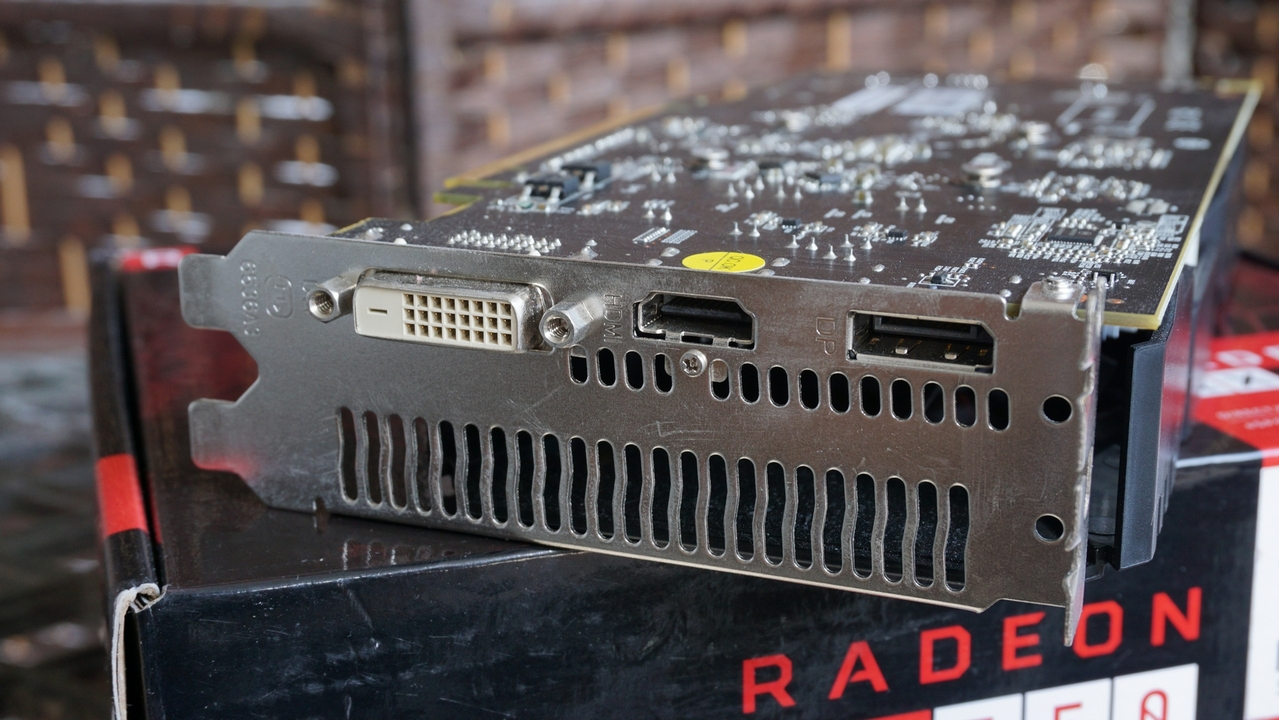
At the back of the card are its display connections which consist of: a Dual Link DVI, a DisplayPort 1.4. port, and an HDMI port. The selection is pretty basic but it should run most monitors that you plug to it.

The card is fairly small measuring at 225 x 128 x 38mm, which should fit most rigs even small form factor builds.
System and Benchmarks
We used the following components to see how the Power Color RX 550 Red Dragon 2GB would perform:
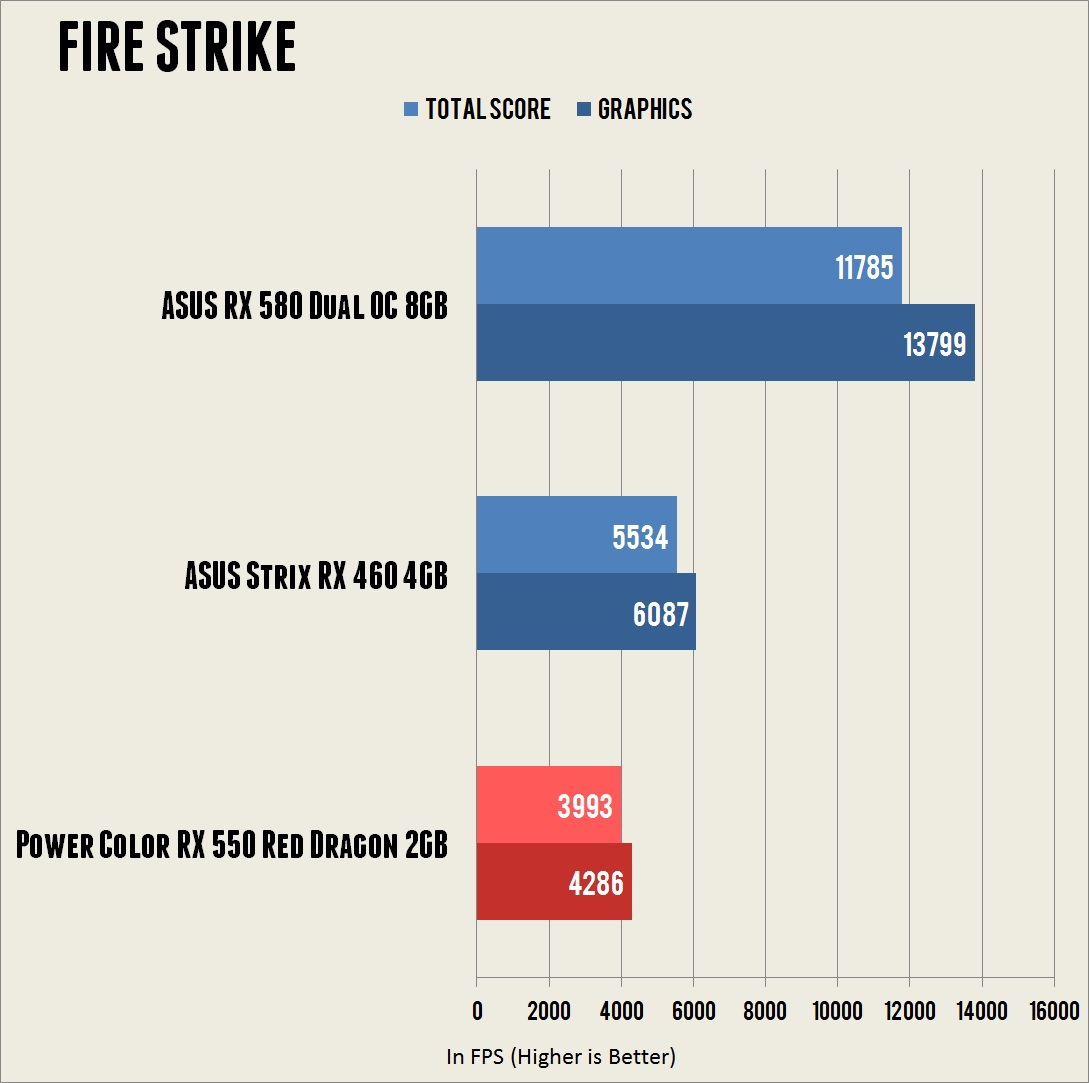
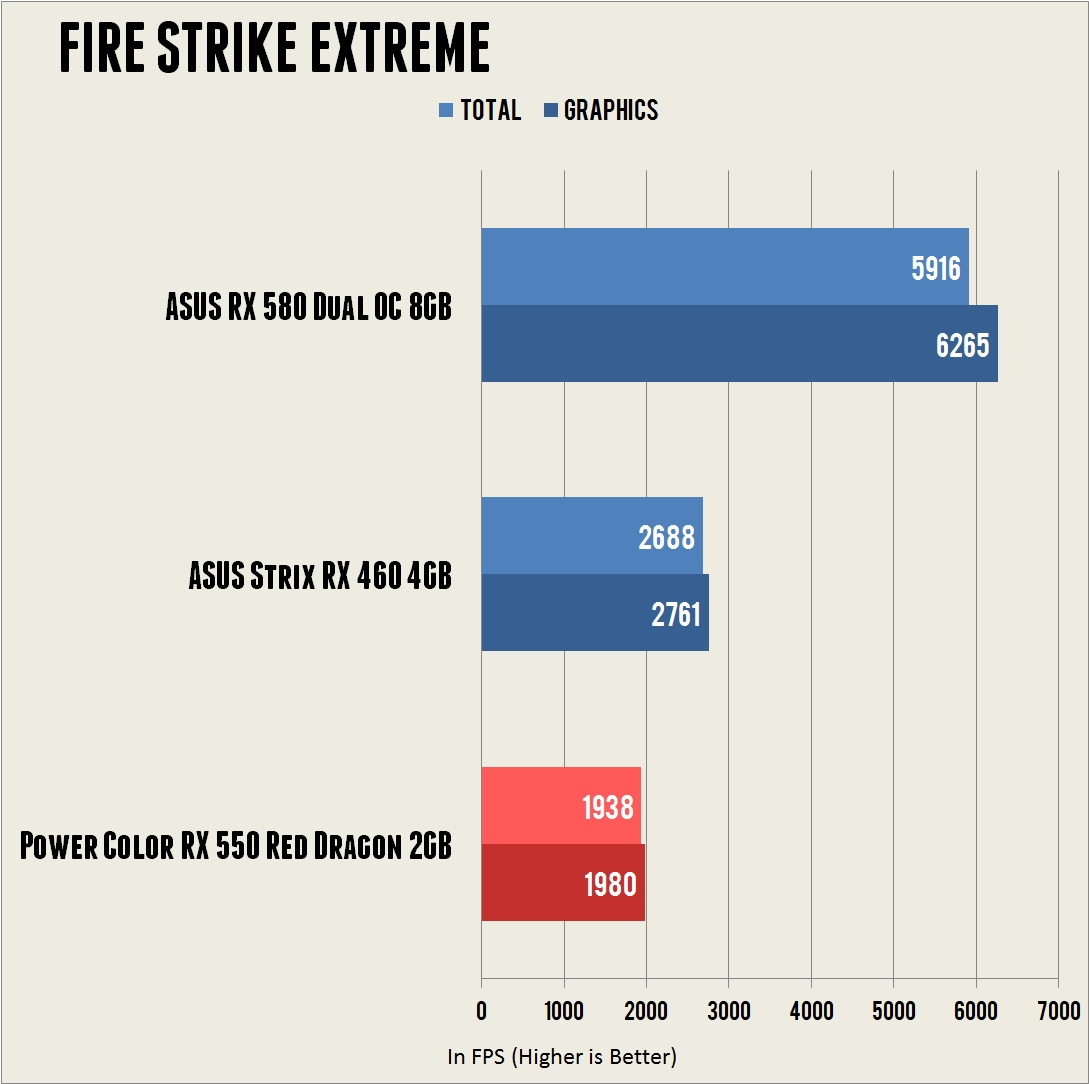
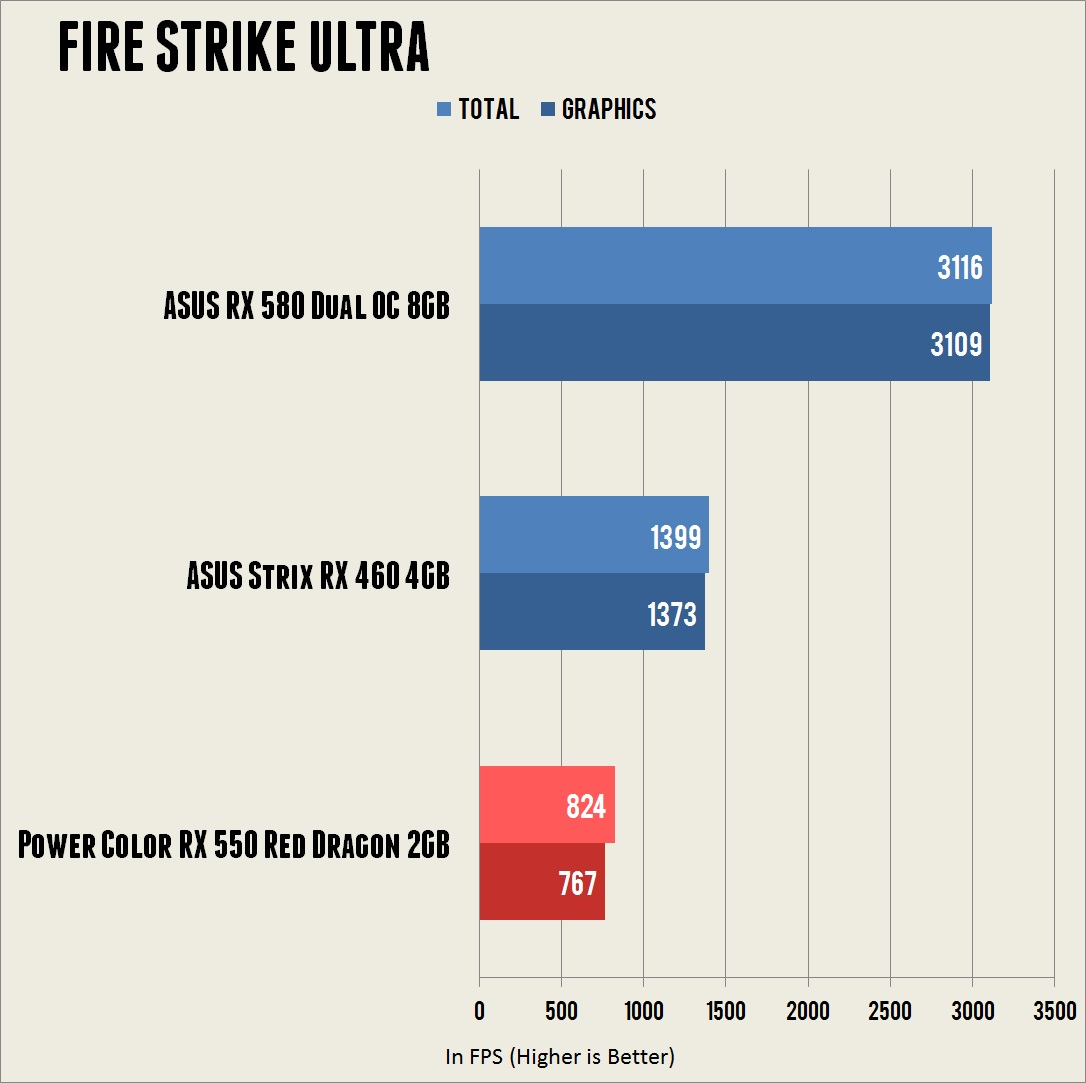
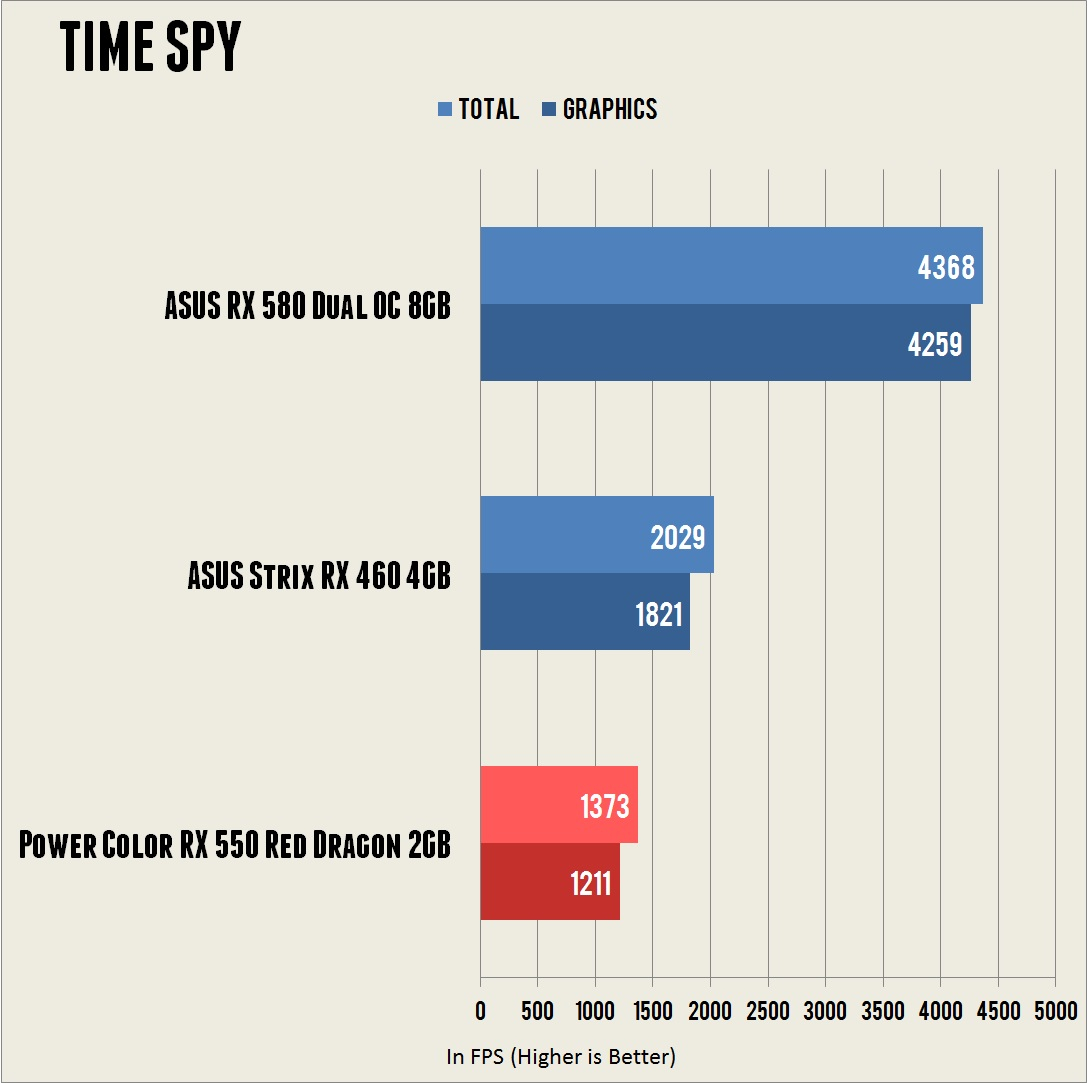

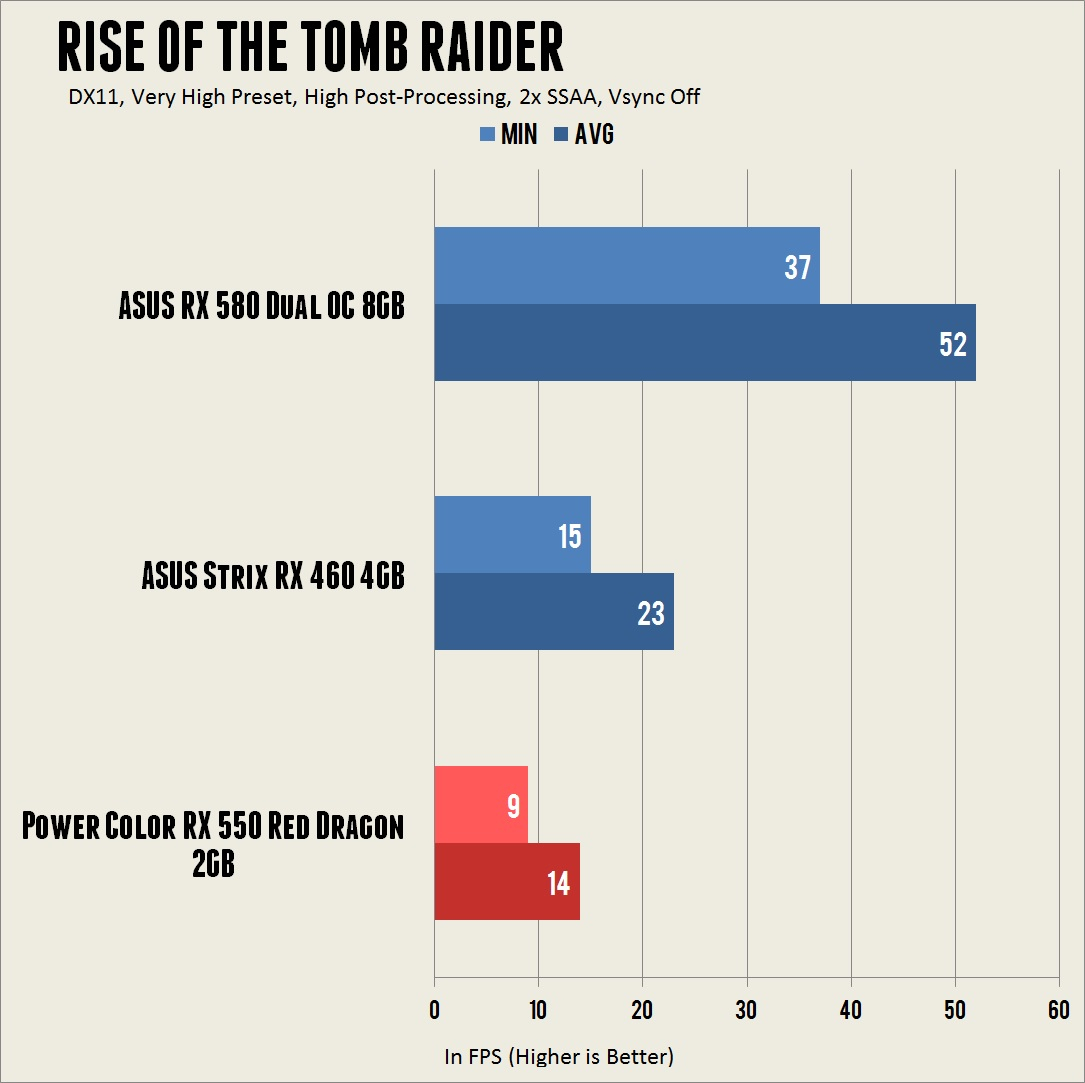

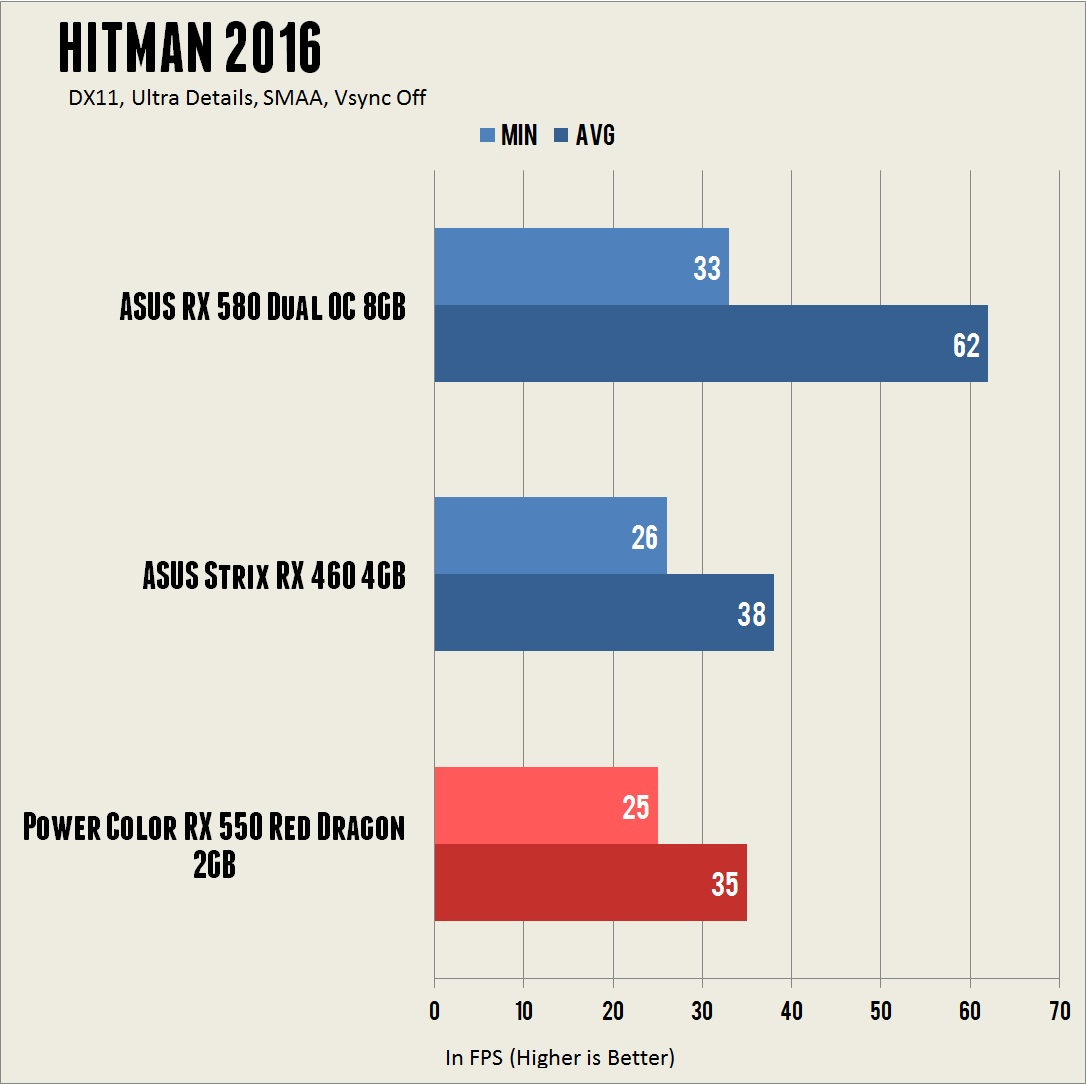
Note: Due to its low 2GB VRAM, we weren’t able to run Hitman 2016 at its highest settings with the RX 550. Texture Quality: Low, Shadow Maps: Medium, Shadow Resolution: Medium.
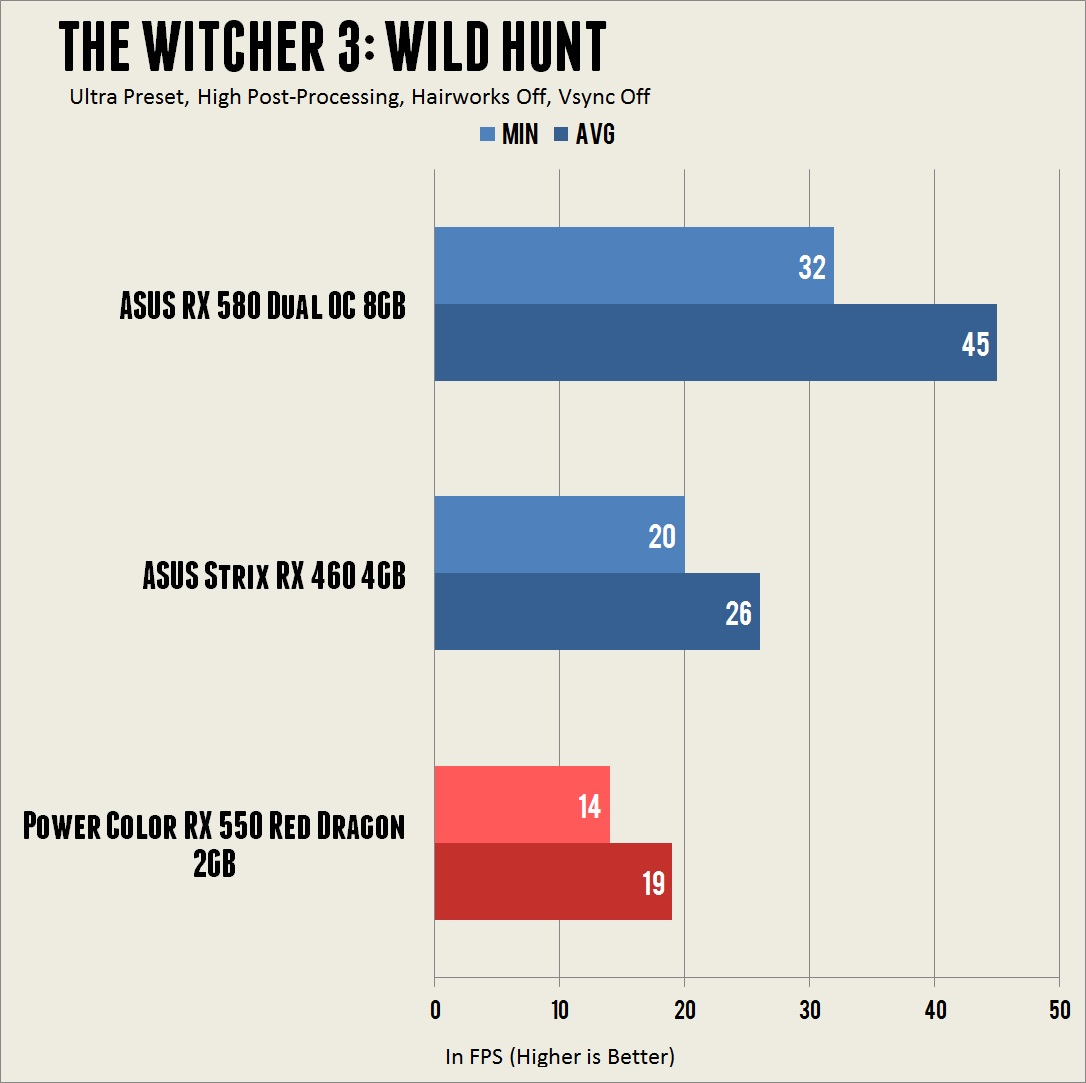
As you can see from our charts, the Power Color RX 550 Red Dragon 2GB places last on all the games we played it with. Its placement on our benchmarks, however, is a given because of its low price. You probably won’t run any AAA games with the RX 550 on 1080p on a decent frame rate without turning off some settings or even lowering the resolution altogether.
On multiplayer games, however, you can probably get away playing on 1080p since games such as DotA 2, Overwatch, and League of Legends aren’t as demanding compared to our suite of games.

As far as temperature goes, the card performs decently. Despite its single fan setup, it was still able cool itself at a comfy 68°C max under load. The fan might get a bit loud but you won’t really notice it if you have headphones on.
Conclusion
The Power Color Red Dragon RX 550 2GB isn’t the most feature-packed video card out there. It doesn’t have any fancy cooling solution or any RGB lighting. At USD 89.99 or around PhP 4,800, it does play games at 1080p although at a less-than-favorable FPS.

As we’ve mentioned, you would most likely need to turn down some settings to run at an acceptable frame rate especially with its 2GB VRAM. This is a card that you would keep if you something would happen to your current card, which makes it an acceptable backup card for the hardcore PC builders in the crowd. For common users that would only like to run a game regardless of settings or resolution this would make a good budget card. Keep this card in mind if you just want to play games at any detail or play exclusively multiplayer games.
